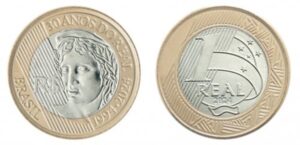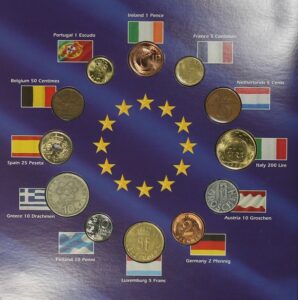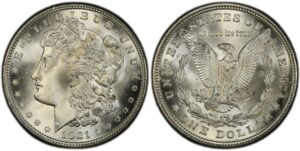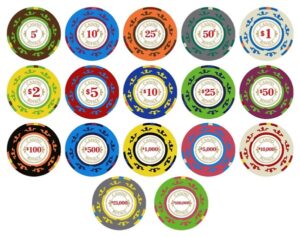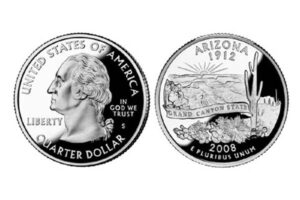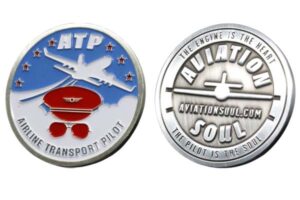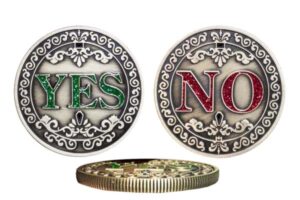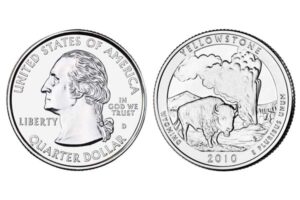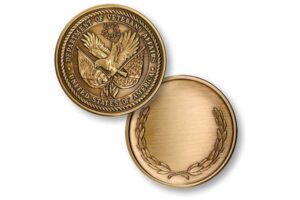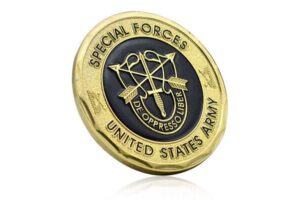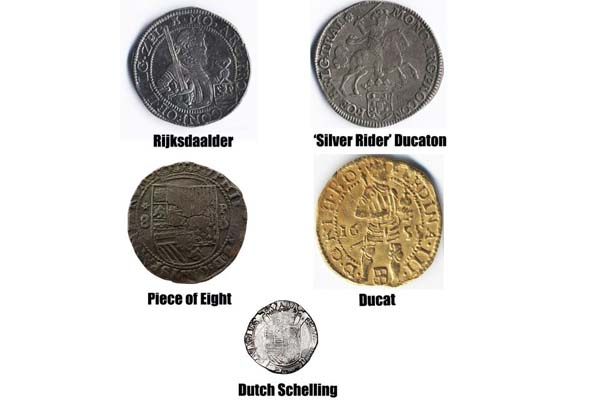
When I first held an 18th-century silver ducaton1, its worn edges whispered stories of maritime trade. Dutch coins carry tangible history - but what exactly do collectors call them?
Old Dutch coins are collectively called "Nederlandse munten2," with specific names like ducaton, rijksdaalder, and gulden. These circulated from the 16th century until 2002 when the euro replaced the Dutch guilder.
A client sent us a corroded 1748 stuiver coin for restoration. As we laser-scanned its surface, I realized how many stories these metal discs hold. Let's decode their official names and historical roles.
What are Dutch coins called?
Modern Dutch coins fall into two categories: pre-euro national currency and current euro issues. The naming conventions reveal economic shifts.
Current Dutch euro coins feature King Willem-Alexander's profile, while pre-2002 guilders (gulden) showed Queen Beatrix. Key historical names include dukaat (ducat), rijksdaalder (rixdollar), and dubbeltje (10-cent piece).
Evolution of Dutch coin terminology
| Period | Common Names | Material | Equivalent Value |
|---|---|---|---|
| 1500s-1600s | Leeuwendaalder (lion dollar) | Silver | 32 stuivers |
| 1700s | Ducaton | 94% silver | 3 gulden |
| 1817-2001 | Gulden (guilder) | Nickel/Bronze | 100 cents |
| 2002-present | Euro | Bi-metallic | 1 EUR = 2.20371 NLG |
The rijksdaalder (2.5 gulden) became symbolic during WWII resistance efforts. Occupation forces couldn't replicate its complex edge lettering, making it a trusted trade medium.
What were the former Dutch coins?
Dutch coinage evolved through four distinct eras: Spanish Habsburg rule, Dutch Republic, Kingdom period, and modern constitutional monarchy.
Key former coins included the silver ducaton (trade coin), copper duit (smallest unit), and gold dukaat. The 10-cent dubbeltje and 25-cent kwartje remained in use until euro adoption.
Three notable discontinued coins
-
Duit (1576-1818)
- Value: 1/8 stuiver
- Last issued under William I
- Copper composition caused rapid corrosion
-
Zilveren Rijder (1659-1798)
- Silver "silver rider" depicting knight on horseback
- Used for Baltic trade settlements
-
Wilhelmina Gulden (1898-1948)
- Featured Queen Wilhelmina's portrait
- Withdrawn during Nazi occupation
I recently examined a 1675 silver rider coin with bullet impact marks - likely used as emergency musket ammunition during siege warfare.
What was the Dutch currency before the euro?
The Netherlands used the gulden (ƒ) from 1680 until January 28, 2002. Its decimal system (1 gulden = 100 cents) simplified earlier complex divisions.
The Dutch guilder (NLG) served as national currency until 2002, with coins ranging from 5-cent stuivers to 5-gulden pieces. It maintained 97% silver content in high-value coins until 1967.
Guilder vs Euro conversion table
| Guilder Denomination | Euro Value (2002) | Modern Collectible Value |
|---|---|---|
| ƒ1 (1969 nickel) | €0.45 | €8-€12 |
| ƒ2.5 (rijksdaalder) | €1.13 | €15-€30 |
| ƒ5 (1988 commemorative) | €2.27 | €40-€75 |
| ƒ10 (1995 gold proof) | €4.54 | €500+ |
A 1953 1-gulden coin we replicated for a museum displayed Queen Juliana's profile with wheat motifs - a postwar symbol of prosperity.
Preserving numismatic heritage through modern craftsmanship
At INIMAKER®, we've reproduced Dutch East India Company ducatons for historical societies using original specs:
- 28.25g .944 silver content
- Diagonal reeded edges
- VOC monogram engraving
Our ISO-certified facility combines traditional embossing with RFID anti-counterfeiting tech. Last month, we delivered 2,000 Utrecht Treaty commemorative coins to a European university, each containing NFC chips linking to archival documents.
Conclusion
From lion dollars to euro cents, Dutch coins map economic evolution. As physical records of trade empires and social change, they remain valuable to historians and collectors alike. Preserving these metallic narratives requires both archaeological care and advanced manufacturing - a balance we maintain through every custom commission.

